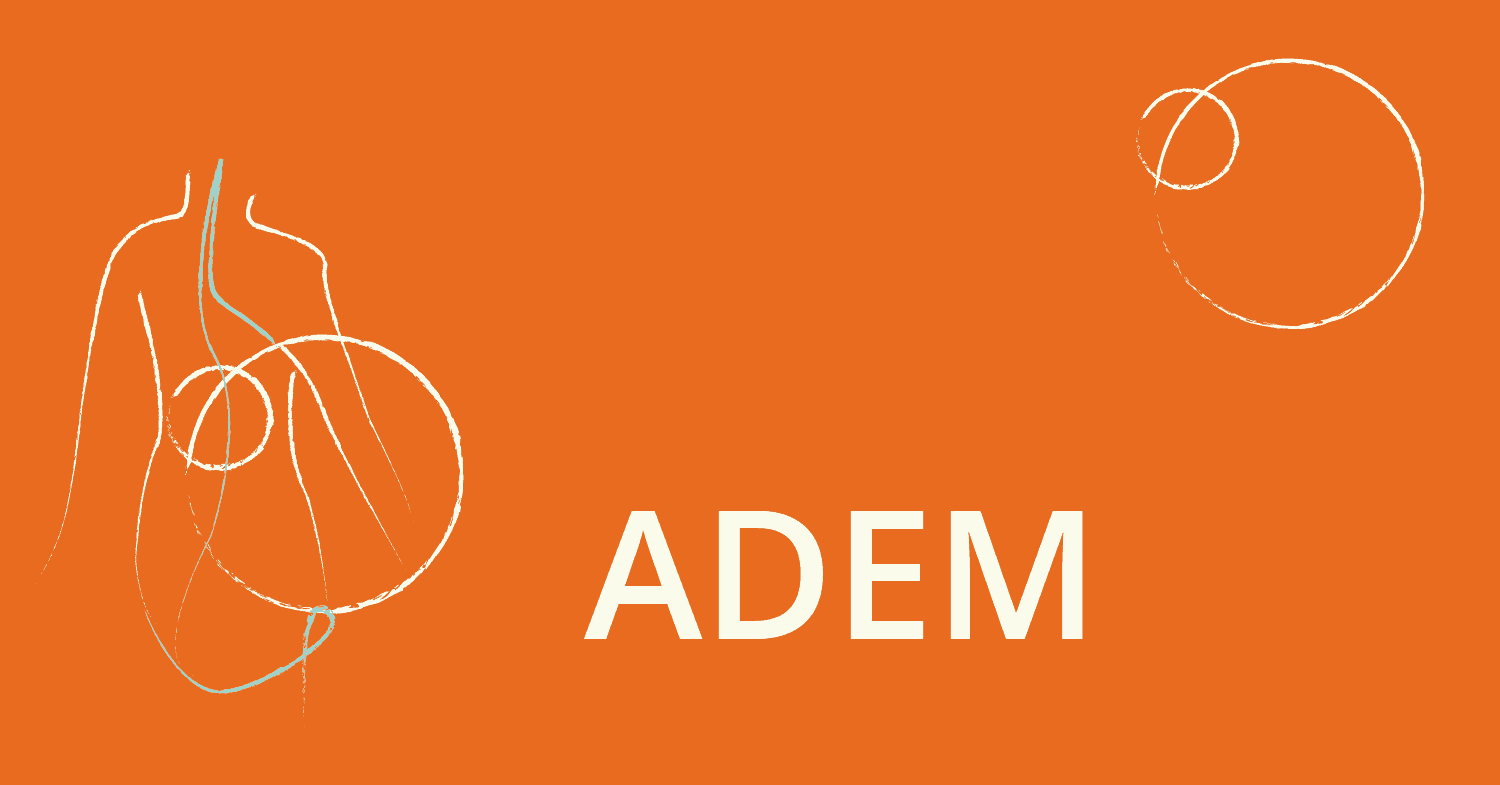
Myelin oligodendrocyte glycoprotein (MOG) antibody-associated disorder (MOG-AD) is a demyelinating disease of the central nervous system (CNS) that causes neurological dysfunction and potential morbidity ( 1). RTX, MMF, and AZA present suitable alternatives. The combined results for relapse rate and adverse events, as well as ARR and adverse events showed that IVIG and OC were the most effective and tolerable therapies.Ĭonclusions: Whilst DMT should be avoided, IVIG and OC may be suited as first-line therapies for patients with MOG-AD. AZA, MMF, OC and RTX showed a trend to decrease ARR, but those results did not reach significant differences. Compared with DMT, IVIG significantly reduced the ARR (MD=−0.85, 95% CrI: −1.7 to −0.098). On the contrary, disease-modifying therapy (DMT) (OR=1.3, 95% CrI: 0.31 to 5.0) and tacrolimus (TAC) (OR=5.9, 95% CrI: 0.19 to 310) would increase the incidence of relapse.

In terms of incidence of relapse, intravenous immunoglobulins (IVIG), oral corticosteroids (OC), mycophenolate mofetil (MMF), azathioprine (AZA), and rituximab (RTX) were all significantly more effective than no treatment (ORs ranged from 0.075 to 0.34). Results: Twelve studies that compared the efficacy of 10 different treatments in preventing MOG-AD relapse, including 735 patients, were analyzed. Between group comparisons were estimated using Odds ratio (OR) or mean difference (MD) with 95% credible intervals (CrI). Network meta-analysis with a random-effect model within a Bayesian framework was conducted. Reported outcomes including incidence of relapse, annualized relapse rate (ARR), and side effects were extracted. Published articles including patients with MOG-AD and reporting the efficacy or tolerability of two or more types of treatment in preventing relapses were included. Methods: Systematic search in Pubmed, Embase, Web of Science, and Cochrane Library databases from inception to March 1, 2021, were performed. 2Mental Health Centre and Psychiatric Laboratory, West China Hospital, Sichuan University, Chengdu, Chinaīackground: Immunotherapy has been shown to reduce relapses in patients with myelin oligodendrocyte glycoprotein antibody-associated disorder (MOG-AD) however, the superiority of specific treatments remains unclear.Īim: To identify the efficacy and tolerability of different treatments for MOG-AD.1Department of Neurology, West China Hospital, Sichuan University, Chengdu, China.4 Furthermore, MOGAD lesions in the brain can look like lesions seen in those with ADEM.Xiaofei Wang 1†, Lingyao Kong 1†, Zhengyang Zhao 1,2†, Ziyan Shi 1, Hongxi Chen 1, Yanlin Lang 1, Xue Lin 1, Qin Du 1 and Hongyu Zhou 1* 4 MOG antibody disease optic neuritis seems to predominantly affect the retrobulbar region, while AQP-4-associated optic neuritis is found intracranially. MRI findings are similar to those with MS and NMOSD, but there may be some differences. There appears to be no overlap between individuals with anti-MOG positivity and AQP-4 positivity, although there have been some isolated cases reported using the older ELISA assay.

2 Those with persistent detection of anti-MOG may be more likely to have a relapsing rather than monophasic disease course. Unlike anti-AQP4 antibodies, anti-MOG antibodies may decrease over time, and may not be detectable early in the disease process or during remission, and this is especially the case for MOG antibody disease associated ADEM. 2 CSF analysis from a lumbar puncture may show increased white blood cell counts in some patients during a relapse, and oligoclonal bands are not usually found. Only cell-based assays are considered reliable for the diagnosis of MOGAD because of the improved specificity over older ELISA tests. There are blood tests that can test for MOG antibodies. COVID-19 and Rare Neuroimmune Disorders.


 0 kommentar(er)
0 kommentar(er)
